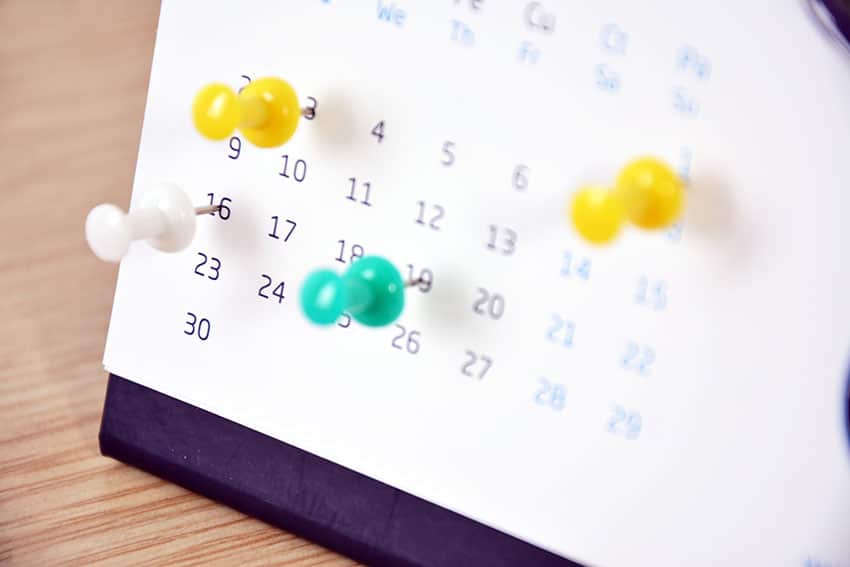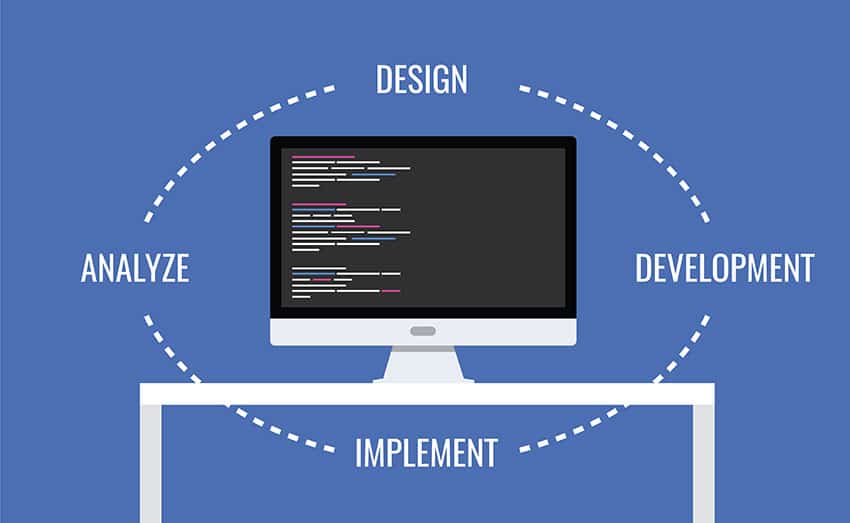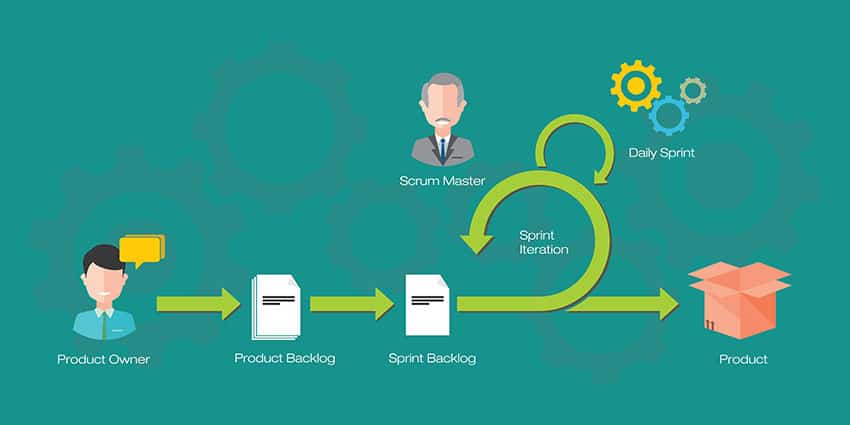When it comes to meetings, they sometimes seem interminable. It’s difficult to get anything done when your schedule includes one meeting after another. And let’s face it — not all of these gatherings are particularly productive.
As a business leader, you definitely want to take a hard look at how most of these meetings are conducted. As lean managers, working toward peak productivity via continuous improvement is always a goal we should have in mind.
So how can lean leaders rethink meetings to keep them efficient and on track? Here are a couple of quick (and relatively simple) ways to prevent these conversations from derailing and ensure everyone stays on task.
Set a Specific Agenda
It’s easy to schedule a general progress meeting that happens monthly, weekly or even daily. But these “set-it-and-forget-it” meetings are major culprits when it comes to being a productivity suck. These meetings often convene and team members have little to nothing to report outside of the daily communications surrounding a project.
So before scheduling these mindless meetings, set a more specific agenda outlining items the team will be discussing during that particular time period. Send this agenda out to the relevant team members prior to the meeting to allow them time to pull together feedback and generally gather their thoughts on the topics being discussed. Creating this brief topic outline can help keep the proceeding conversation on track and provide much-needed direction.
What if there’s nothing to talk about, or no progress to report? Obviously that regular Wednesday morning check-in isn’t necessary.
Meeting Etiquette: The Knock Rule
Do you find that various team members often stray from the pre-set agenda during the course of your meetings? Establishing a set of rules around how meetings are conducted is another way to keep the conversation on track.
One potential rule to consider implementing is the “knock rule.” When a team member is straying from an agenda item in a meeting, another team member or a manager simply knocks their fist on the table. This is an effective non-verbal signal that they need to return to the task at hand.
The real key here is consistent enforcement of this rule — you don’t want to knock on the table when one person is going off on a tangent and not do the same for another employee. Doing so can create the appearance of biases or favouritism.
Did you find this productivity tip helpful? Leankor’s workflow management tools can help your team become even more efficient. Schedule a one-on-one walkthrough today!






